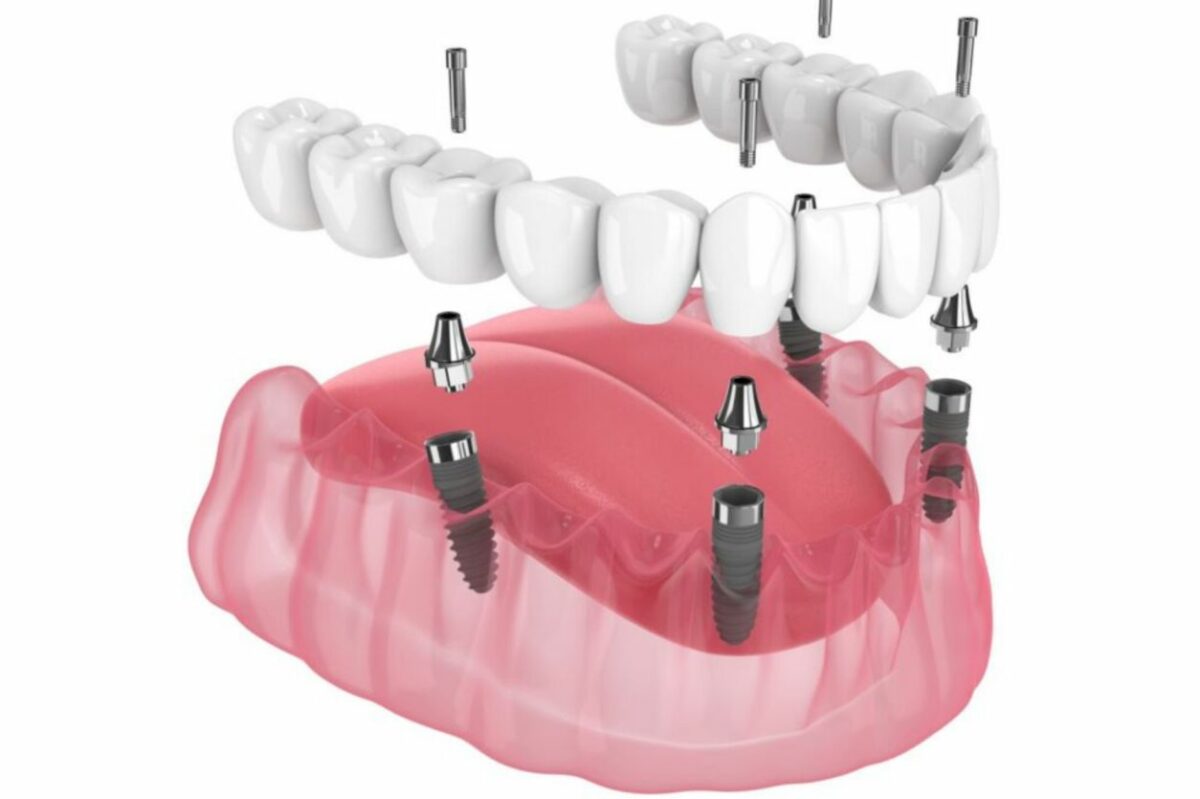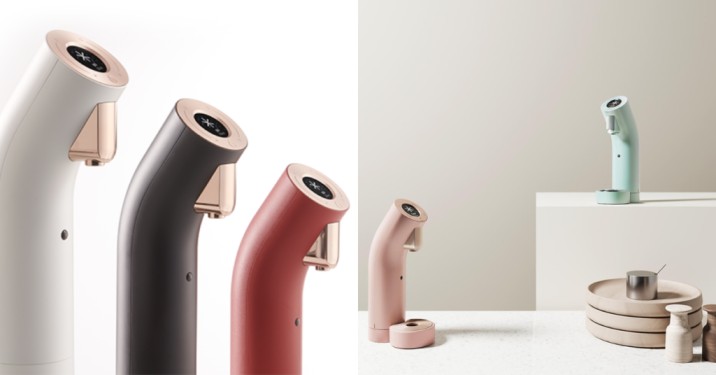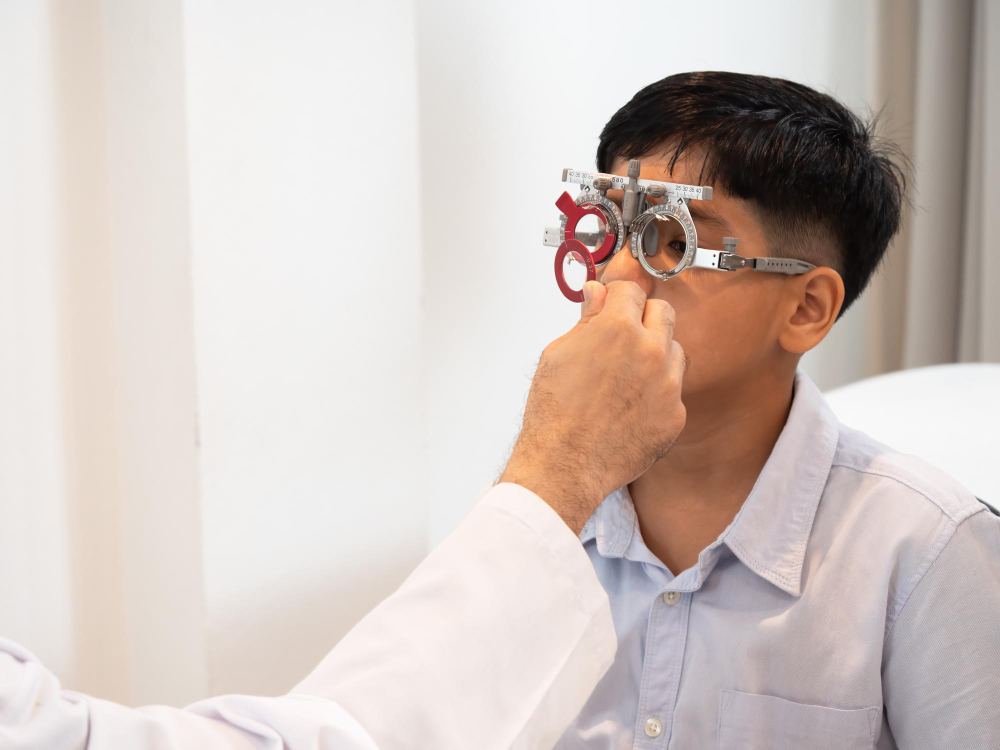Thinking about transforming your smile but unsure which veneer type suits you best? When it comes to dental veneers in Malaysia, porcelain and composite are the two most popular choices for achieving that flawless smile. Both offer unique advantages, but which one gives you the best balance of aesthetics, durability, and value for your money?
This blog unpacks the key differences, benefits, and factors to consider when choosing between porcelain and composite veneers. By the end, you’ll have a clearer understanding of which option works for your budget and dental goals.
What Are Veneers?
First, let’s break down the basics. Veneers are thin, custom-made shells that are placed over the front surface of your teeth. They are primarily used for cosmetic purposes, addressing issues like discoloration, chipped teeth, gaps, or misalignment. Think of veneers as the ultimate solution to achieve that red-carpet-worthy smile.
Porcelain Veneers
Porcelain veneers are renowned for their durability, natural look, and long-lasting performance. They are crafted in a dental lab to perfectly match the size, shape, and shade of your teeth, ensuring a seamless appearance.
Advantages of Porcelain Veneers:
- Extremely durable and resistant to stains.
- Mimic the translucent properties of natural teeth, offering a very natural appearance.
- Long lifespan, lasting 10–15 years or more with proper care.
Disadvantages of Porcelain Veneers:
- More expensive than composite veneers.
- Requires the removal of a small amount of tooth enamel.
- Typically takes multiple dental visits to complete.
Composite Veneers
Composite veneers are made from a tooth-colored resin material applied directly onto your teeth. Composite veneers are a quicker and more affordable option for instantly enhancing your smile.
Advantages of Composite Veneers:
- More affordable than porcelain veneers.
- Can be applied in one dental visit.
- Easily repaired if damaged.
Disadvantages of Composite Veneers:
- More prone to staining over time compared to porcelain.
- Shorter lifespan, typically lasting 5–7 years.
- May not mimic the same natural translucency as porcelain veneers.
Factors to Consider When Choosing Veneers
Choosing between porcelain and composite veneers often comes down to your individual needs, lifestyle, and budget. Here’s what to keep in mind:
1. Appearance
Porcelain veneers are the go-to choice for a flawless, natural look. The material closely mimics the shine and translucency of natural teeth. Composite veneers, while aesthetic, may not achieve the same level of realism.
Winner: Porcelain veneers.
2. Durability and Longevity
If you’re looking for a long-term investment, porcelain veneers are the superior option. They are highly resistant to fractures, lasting up to 15 years or more with proper care. Composite veneers, while functional, may require replacements or repairs within 5–7 years.
Winner: Porcelain veneers.
3. Cost
Composite veneers are an affordable choice, making them suitable for those working within a tighter budget. However, for individuals willing to invest more upfront for longer-lasting results, porcelain veneers are worth the added expense.
Winner: Composite veneers for budget; porcelain veneers for value over time.
4. Treatment Time
Composite veneers can typically be completed in one dental visit, making them a convenient option for individuals looking for quick results. Porcelain veneers, on the other hand, require multiple visits as they are custom-made in a lab.
Winner: Composite veneers.
5. Maintenance
Both porcelain and composite veneers require good oral hygiene, but porcelain veneers are more resistant to staining and damage over time. Composite veneers may require more frequent touch-ups to maintain their appearance.
Winner: Porcelain veneers.
Are You a Good Candidate for Veneers?
Not everyone is an ideal candidate for veneers. Here are a few factors that determine your eligibility:
- Oral Health: You must have healthy teeth and gums, as veneers are not a solution for tooth decay or gum disease.
- Enamel Thickness: Sufficient enamel is required to support the application of veneers, especially for porcelain veneers.
- Commitment to Care: Veneers require ongoing maintenance, including regular brushing, flossing, and dental visits.
- Cosmetic Needs: Veneers are a purely cosmetic procedure. If you’re addressing functional concerns, alternative treatments may be a more suitable option.
The Cost of Veneers in Malaysia
When it comes to veneers in Malaysia, cost is a significant factor for many patients. Here’s a general breakdown:
- Porcelain Veneers typically cost between RM1,500–RM3,500 per tooth, depending on the clinic and practitioner’s expertise.
- Composite Veneers are more affordable, ranging from RM800–RM1,500 per tooth.
While composite veneers are more budget-friendly upfront, porcelain veneers’ durability and aesthetic appeal often justify the higher cost for many patients.
How to Choose the Right Option for You
Deciding between porcelain and composite veneers boils down to your personal priorities. Here’s a quick guide:
- Choose Porcelain Veneers if:
- You want the most natural appearance possible.
- You’re looking for a long-term solution.
- You’re okay with spending more upfront for the sake of longevity.
- Choose Composite Veneers if:
- You have a limited budget but still want a significant improvement.
- You’re seeking quick results with minimal dental visits.
- You’re comfortable with periodic maintenance.
Your Smile, Your Choice
Both porcelain and composite veneers have their place in the world of cosmetic dentistry. Whether you prioritize affordability or long-lasting elegance, there’s a veneer type that will suit your needs and lifestyle.
Not sure which one suits you best? Schedule a consultation with a dental professional to explore your options and discuss your treatment options. By working with an experienced dentist, you’ll have peace of mind knowing you’ve made the best investment in your smile.





